The 1960s in New York City weren’t just a backdrop for movies and Mad Men; they were a vibrant, chaotic, and utterly captivating reality lived out on the city’s sidewalks. Photographer Garry Winogrand, a true New Yorker with an insatiable curiosity, became the ultimate chronicler of this electric era. Armed with his trusty Leica camera, he relentlessly roamed the five boroughs, capturing the raw energy, the simmering tensions, and the sheer unpredictability of life on the streets. His photos aren’t polished postcards; they’re gritty, spontaneous glimpses into a city bursting with possibility and teetering on the edge of change.
A City in Constant Motion
Winogrand’s New York wasn’t a static monument; it was a living, breathing organism in perpetual motion. His photos pulse with the rhythm of the city. Crowds spill onto Fifth Avenue, a kaleidoscope of hats, coats, and hurried footsteps. Yellow taxicabs, iconic even then, jostle for space, their horns adding to the urban symphony. Construction sites erupt in clouds of dust and the clang of steel, a constant reminder of the city’s relentless reinvention.
Read more
He wasn’t interested in posed portraits or picture-perfect scenes. Winogrand captured fleeting moments, the unplanned interactions and chance encounters that defined city life. A woman hailing a cab with a dramatic wave, a group of kids playing stickball in a narrow street, a couple sharing a private joke amidst the throng – these were the moments that caught his eye. His camera became an extension of his own restless energy, always searching for the next unexpected tableau unfolding on the concrete stage.
The Fashion Parade on Foot
The sidewalks of 1960s New York were a non-stop fashion show, reflecting the era’s shifting styles and attitudes. Women in tailored dresses and pillbox hats hurried past men in sharp suits and fedoras. As the decade progressed, hemlines rose, and vibrant colors exploded. Miniskirts and go-go boots became a common sight, signaling a new sense of freedom and youthfulness.
Winogrand documented these sartorial shifts with an almost anthropological eye. He captured the confident stride of women embracing the new, more liberated styles. He photographed the sharp elegance of older generations clinging to classic looks. His images reveal how fashion wasn’t just about clothing; it was a visual language that spoke volumes about social change and individual expression on the streets of New York.


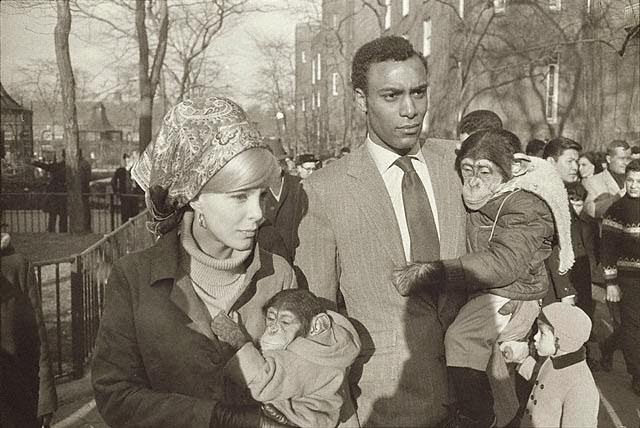
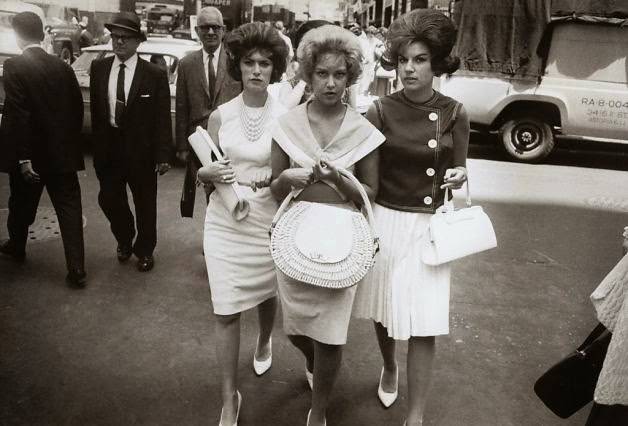
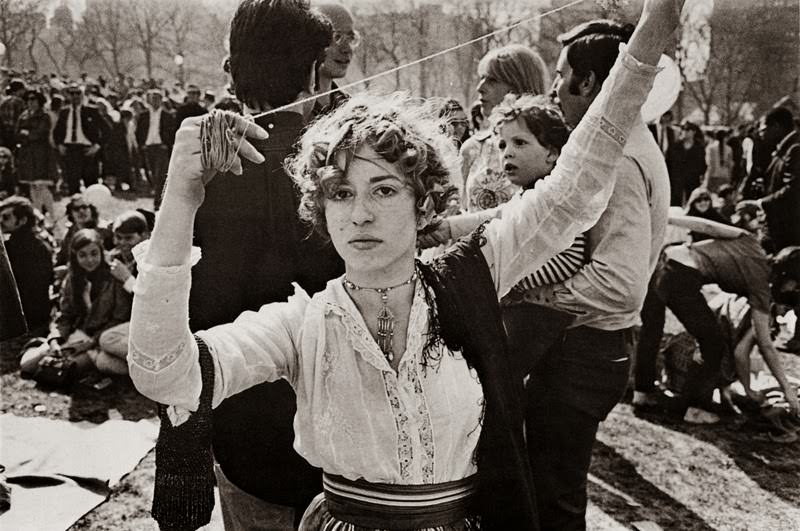
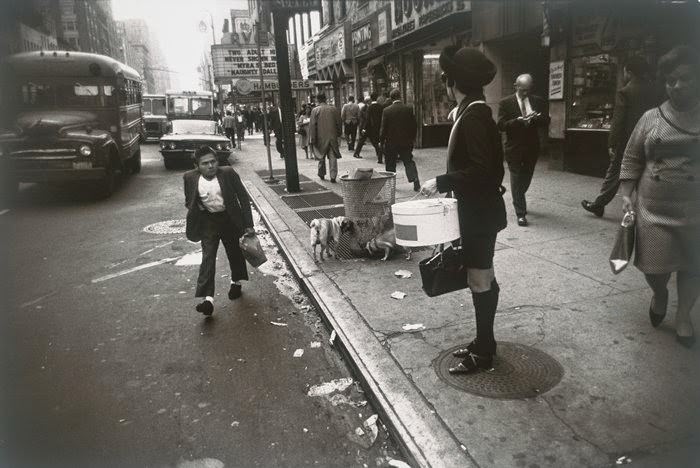
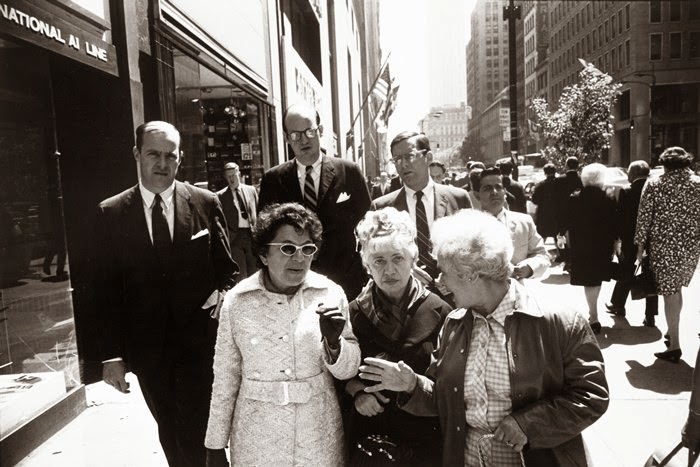
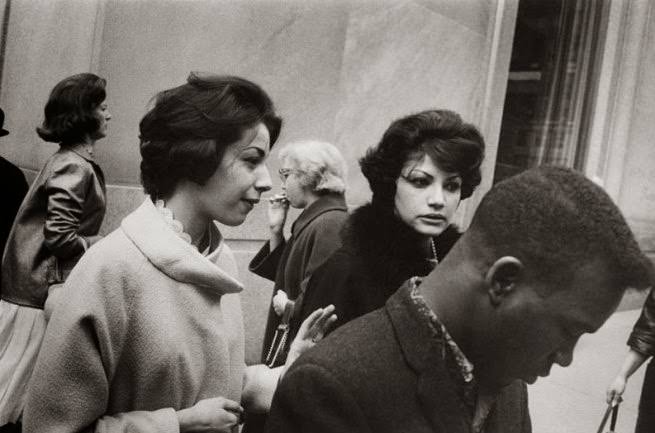
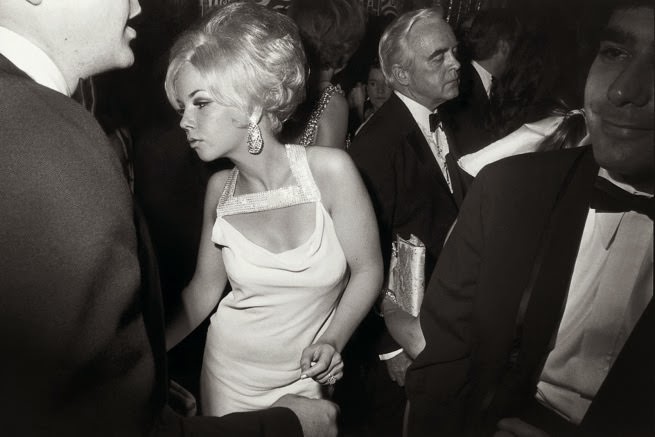
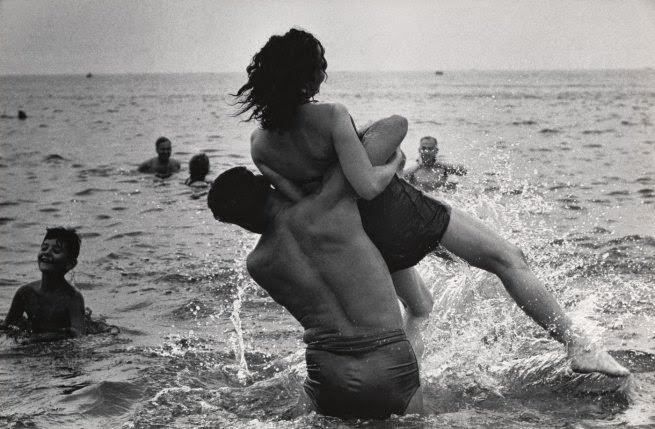
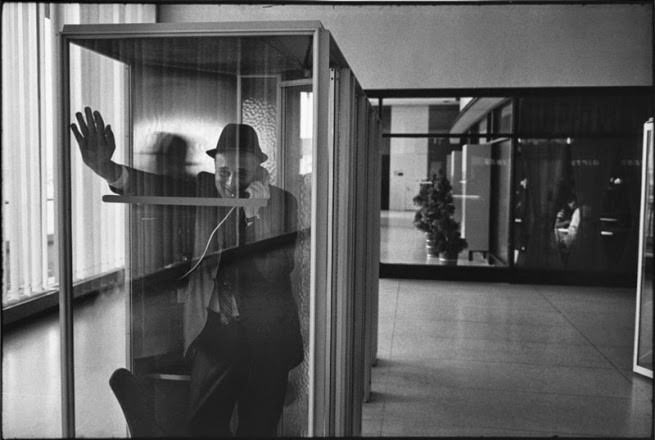
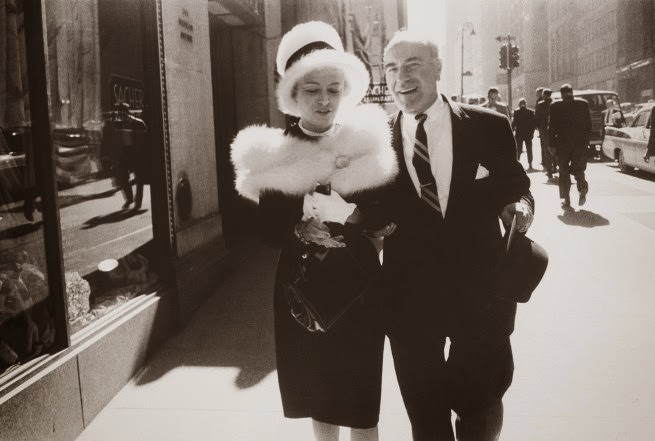
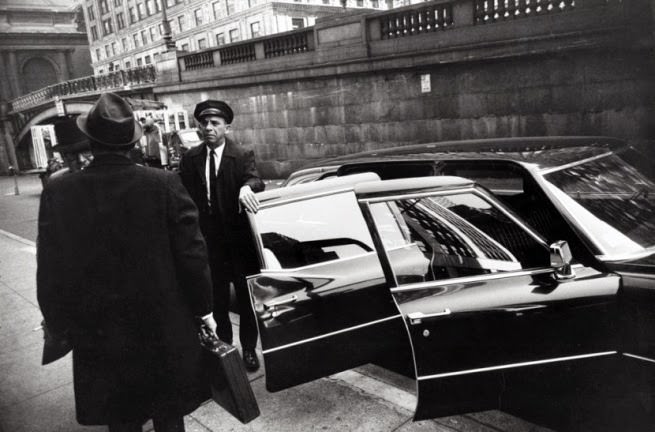
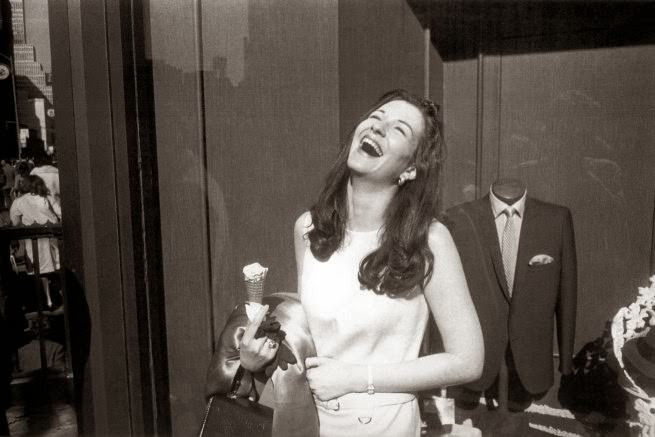
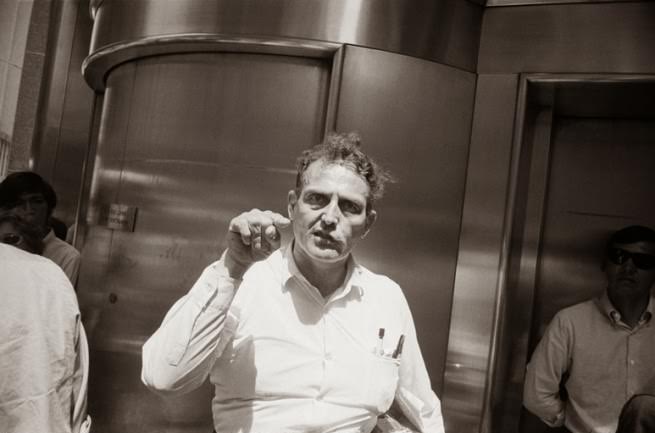
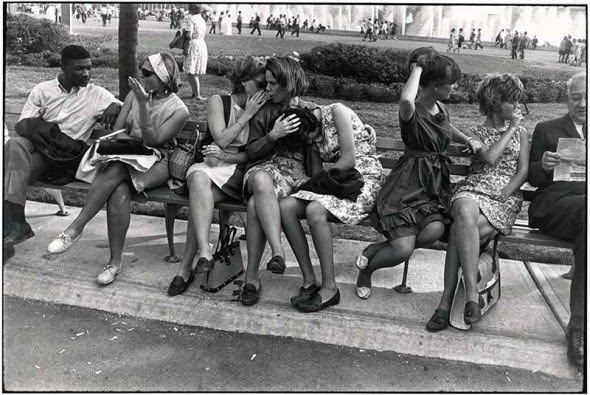
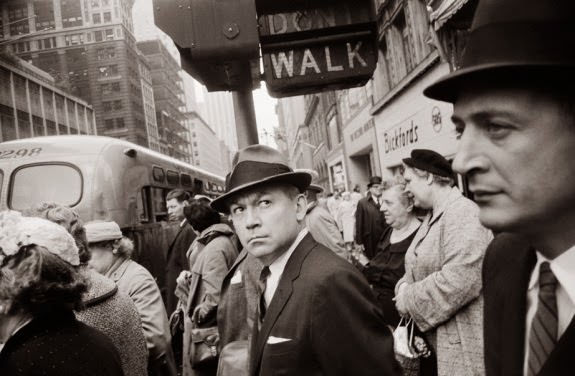
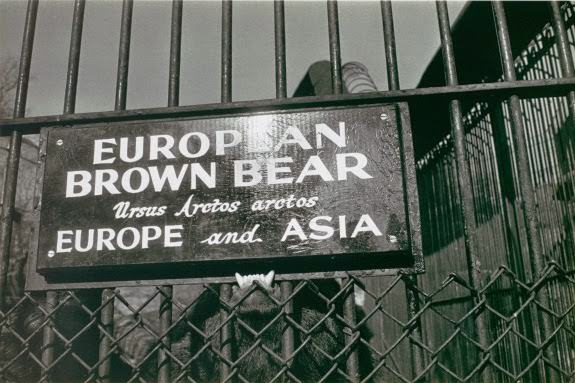
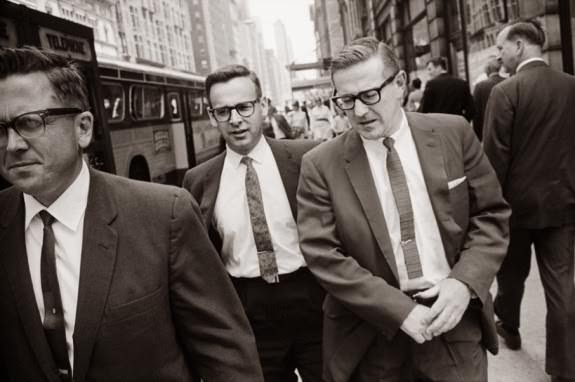

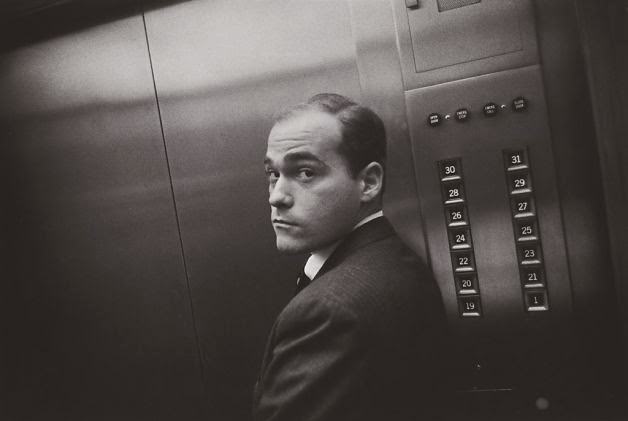
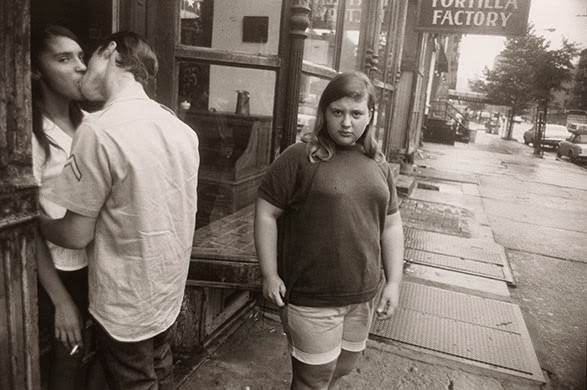
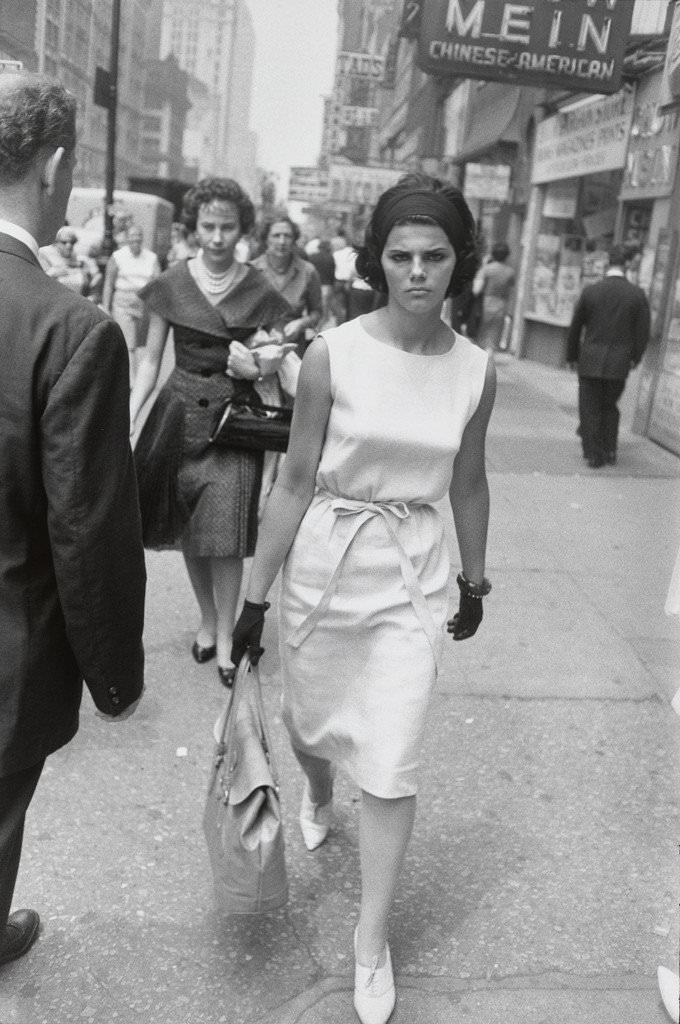
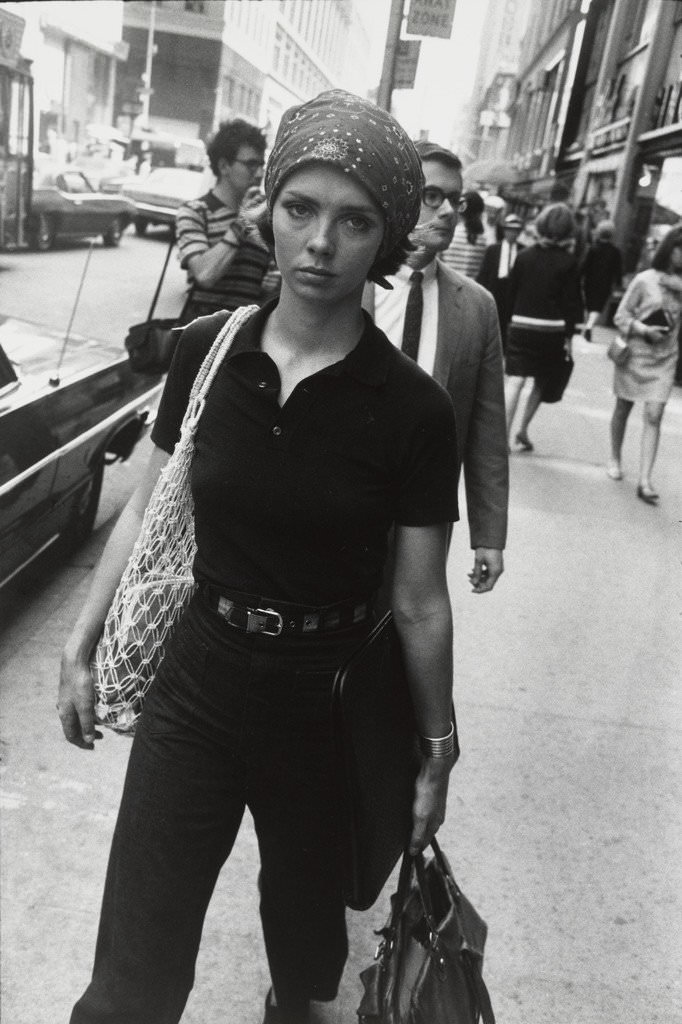
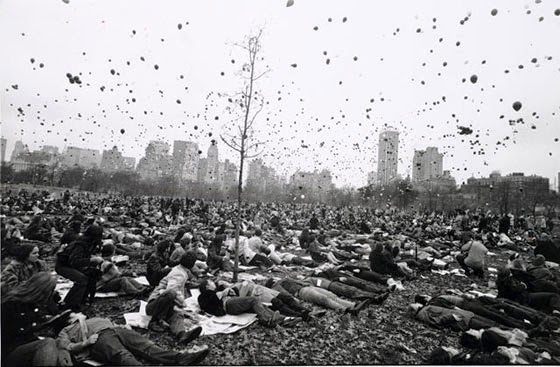
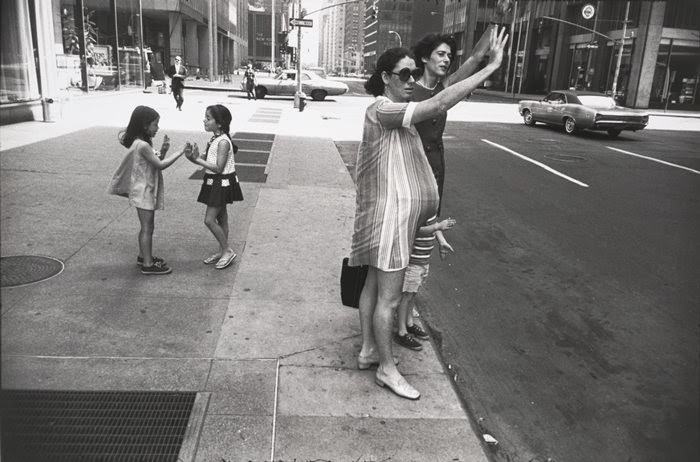

GIPHY App Key not set. Please check settings